Optimal Timing for Standby Generator Installations
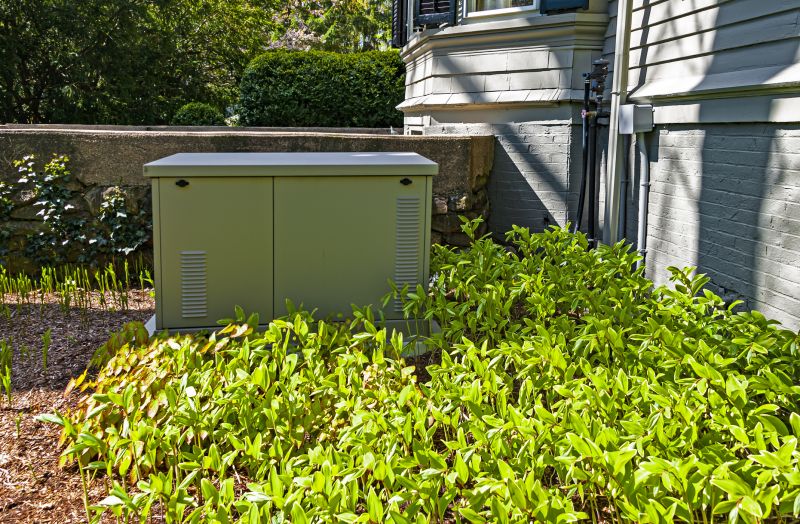
Installing standby generators in spring or fall allows for optimal weather conditions, reducing installation delays.

Scheduling during off-peak seasons minimizes demand and allows for more flexible appointment times.

Early planning before extreme weather seasons ensures readiness before power outages occur.

Avoiding installation during heavy rain or snow prevents weather-related complications.

Off-peak periods often provide easier access to qualified installers and better scheduling options.

Beginning installation in advance of weather extremes can streamline permit and inspection processes.
Standby generator installations are typically planned based on weather conditions, contractor availability, and project readiness. Proper timing ensures safety, reduces delays, and minimizes disruptions. Seasonal planning helps in coordinating permits, inspections, and equipment delivery efficiently.
Statistics indicate that most installations occur in spring and fall, when weather is moderate and scheduling is more flexible. Installing during these periods can also help in avoiding peak demand times, potentially reducing costs and ensuring timely setup.
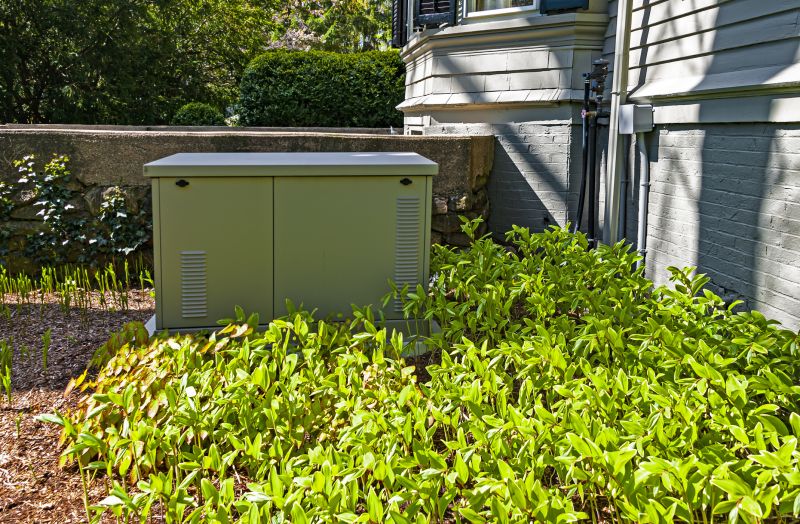
Optimal weather conditions facilitate smooth setup and testing.
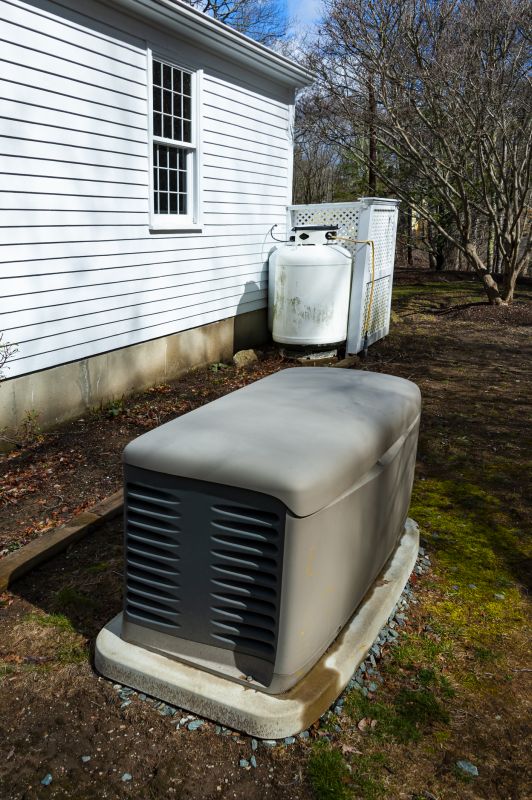
Prepares property for winter outages and avoids busy season delays.
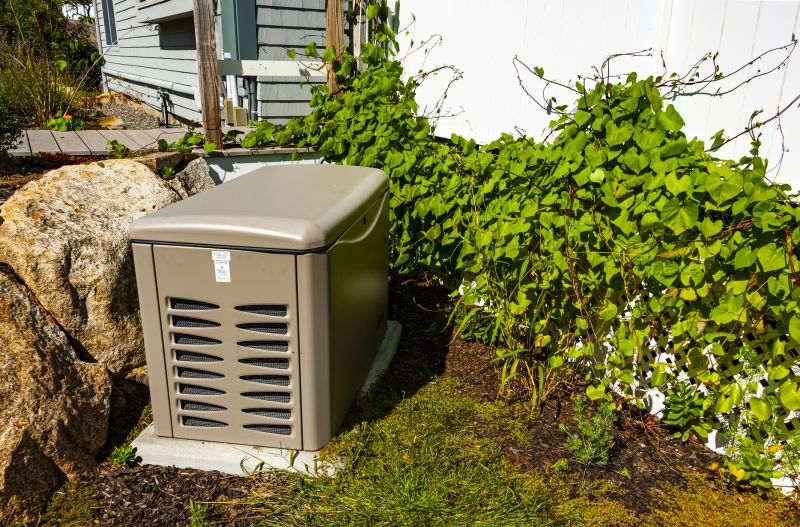
Easier access to professional services and quicker project completion.

Extreme weather can cause delays or safety concerns during setup.
| Season | Advantages |
|---|---|
| Spring | Ideal weather; flexible scheduling; prepares for summer outages. |
| Summer | Less common due to heat and demand; potential delays. |
| Fall | Moderate weather; pre-winter readiness; off-peak scheduling. |
| Winter | Challenging weather; potential for delays; limited contractor availability. |
Choosing the right time for standby generator installation involves considering seasonal weather patterns, contractor availability, and project planning. Proper timing can lead to smoother execution, cost savings, and reliable operation during outages.
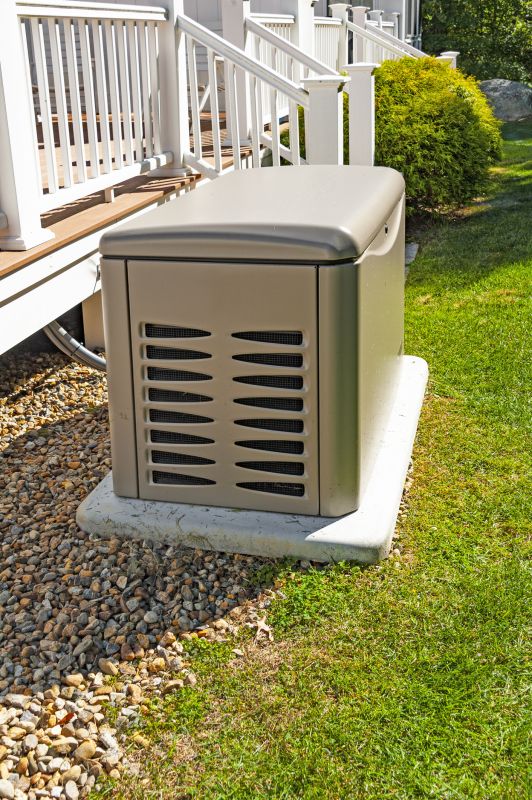
Ensures safety and efficiency during installation.
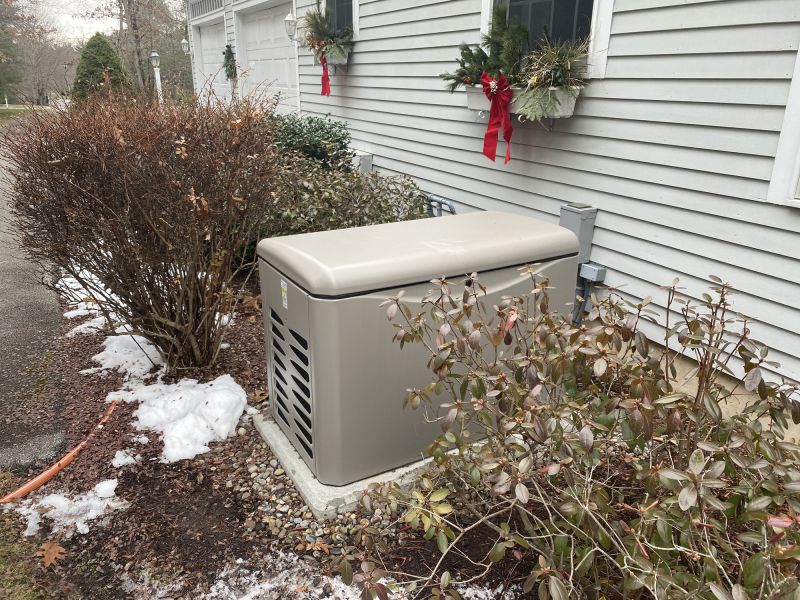
Early installation helps avoid winter outages.
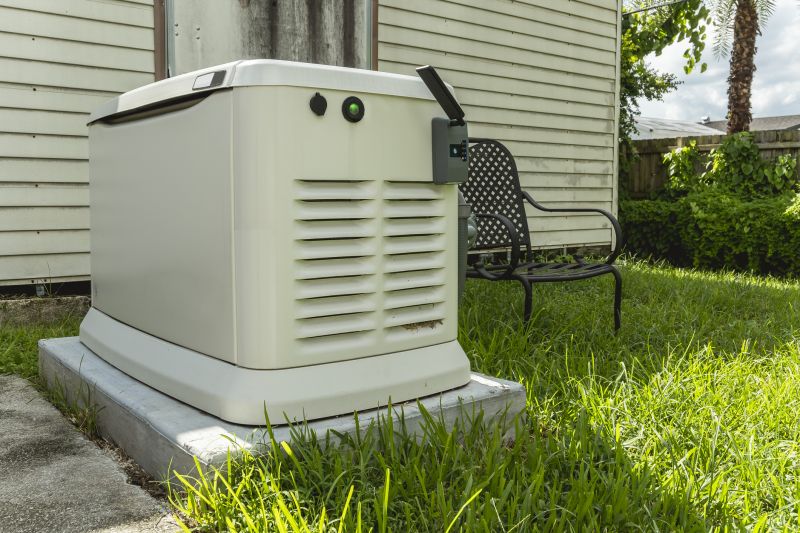
Off-peak periods offer better availability of installers.
Interested parties are encouraged to contact for more information about scheduling and planning standby generator installations at the optimal time for their location and needs.
Ways to make Standby Generator Installations work in tight or awkward layouts.
Popular materials for Standby Generator Installations and why they hold up over time.
Simple add-ons that improve Standby Generator Installations without blowing the budget.
